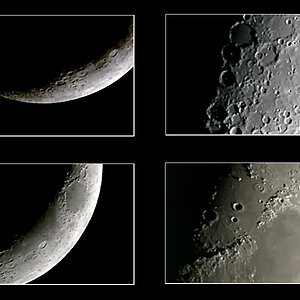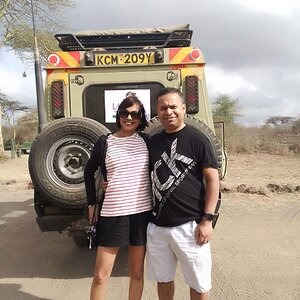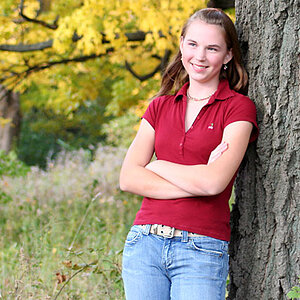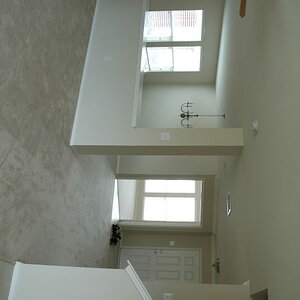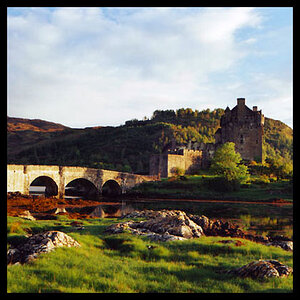blaze519
TPF Noob!
- Joined
- Feb 8, 2017
- Messages
- 3
- Reaction score
- 1
- Can others edit my Photos
- Photos NOT OK to edit
Hello everyone
I recently (last week) started a new hobby, as you can geuss i want to learn to take pictures. My sister bought a pretty OK camera several years ago but never really used it so to get my hobby strated i used her camera. It is a nikon coolpix p500. To start off i went to the sea with just one goal, get a few sharp pictures. After reviewing the pictures i realised ofcourse that most of the pictures wern't scharp at all. Why do you guys think my photo isn't sharp? I think that most of them are just motion blur but maybe I am just missing a lot of things. Can you help me out?

settings i used :
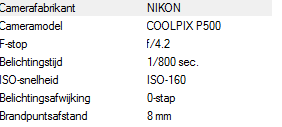

setting i used :
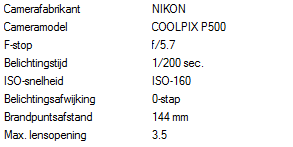

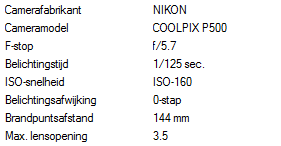
Thanks for helping me out and have a great day
and have a great day
Greetings Brecht
I recently (last week) started a new hobby, as you can geuss i want to learn to take pictures. My sister bought a pretty OK camera several years ago but never really used it so to get my hobby strated i used her camera. It is a nikon coolpix p500. To start off i went to the sea with just one goal, get a few sharp pictures. After reviewing the pictures i realised ofcourse that most of the pictures wern't scharp at all. Why do you guys think my photo isn't sharp? I think that most of them are just motion blur but maybe I am just missing a lot of things. Can you help me out?
settings i used :

setting i used :


Thanks for helping me out
Greetings Brecht


![[No title]](/data/xfmg/thumbnail/36/36394-700ff78d7b45c663863e641a9bcf1fe1.jpg?1619737548)
![[No title]](/data/xfmg/thumbnail/36/36395-66eaff4565ecf4245f13a9c469a9273b.jpg?1619737548)
